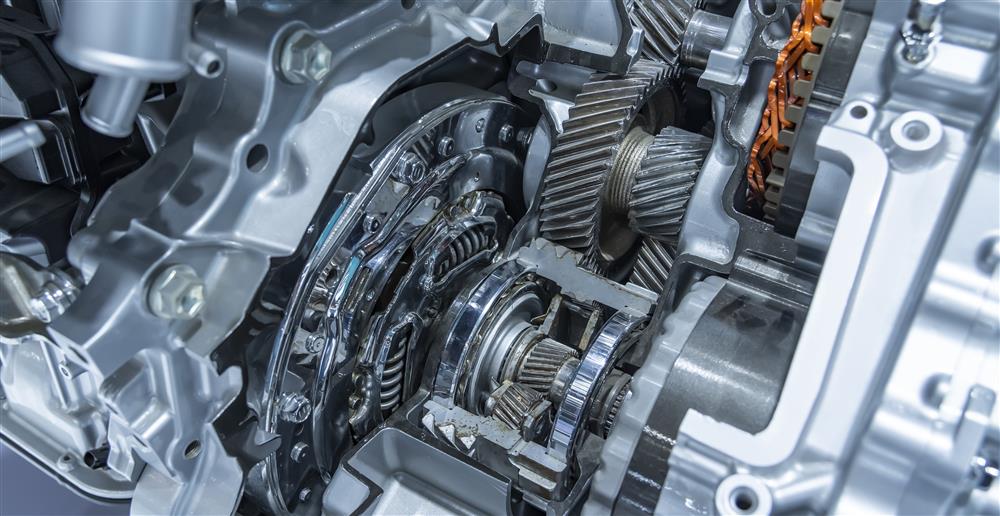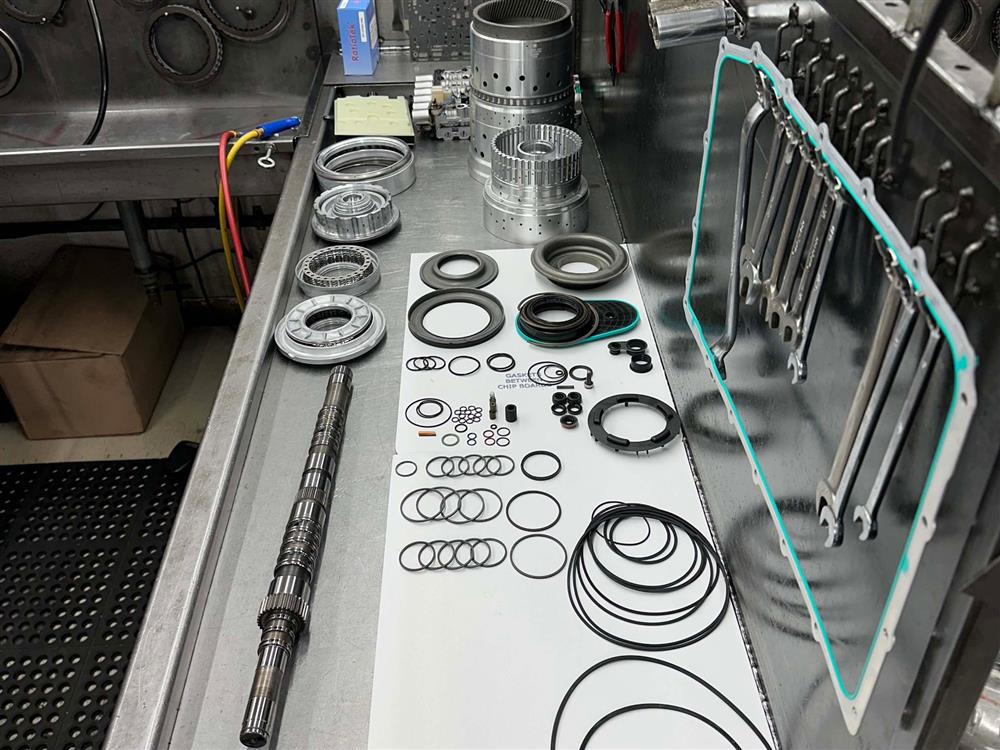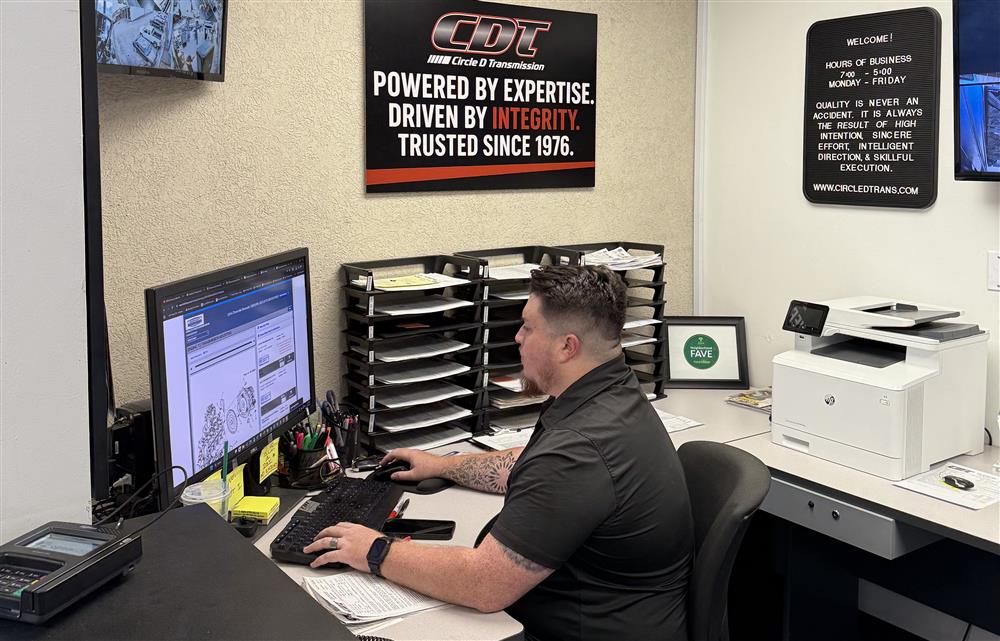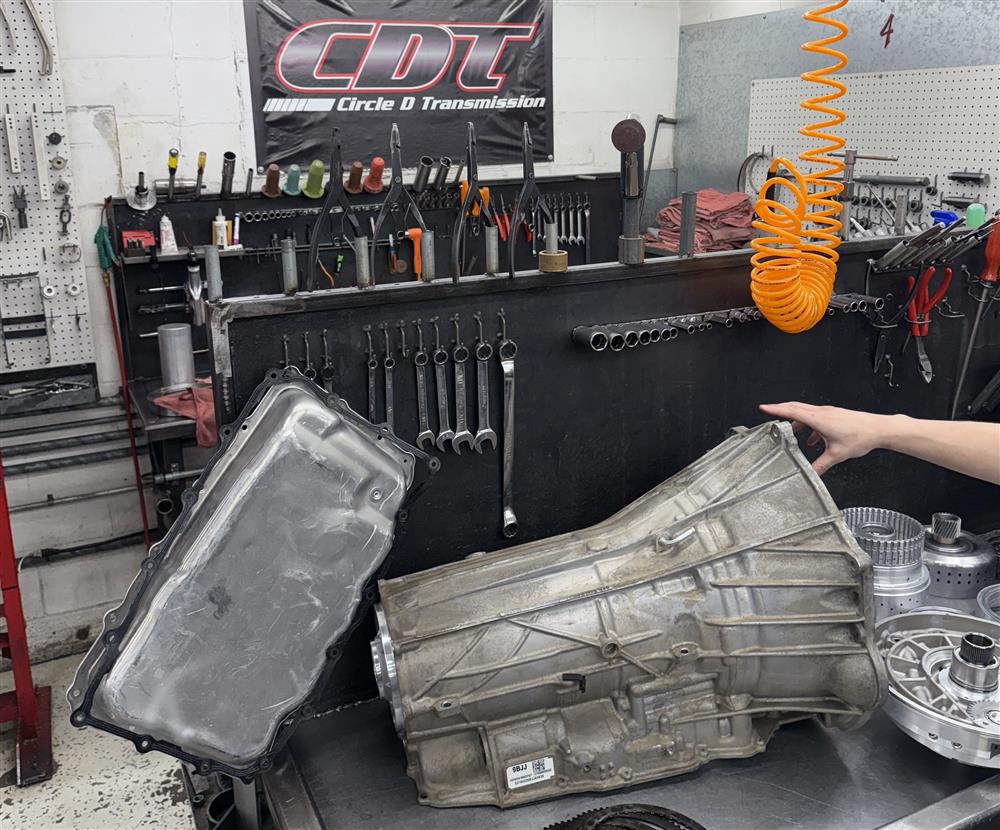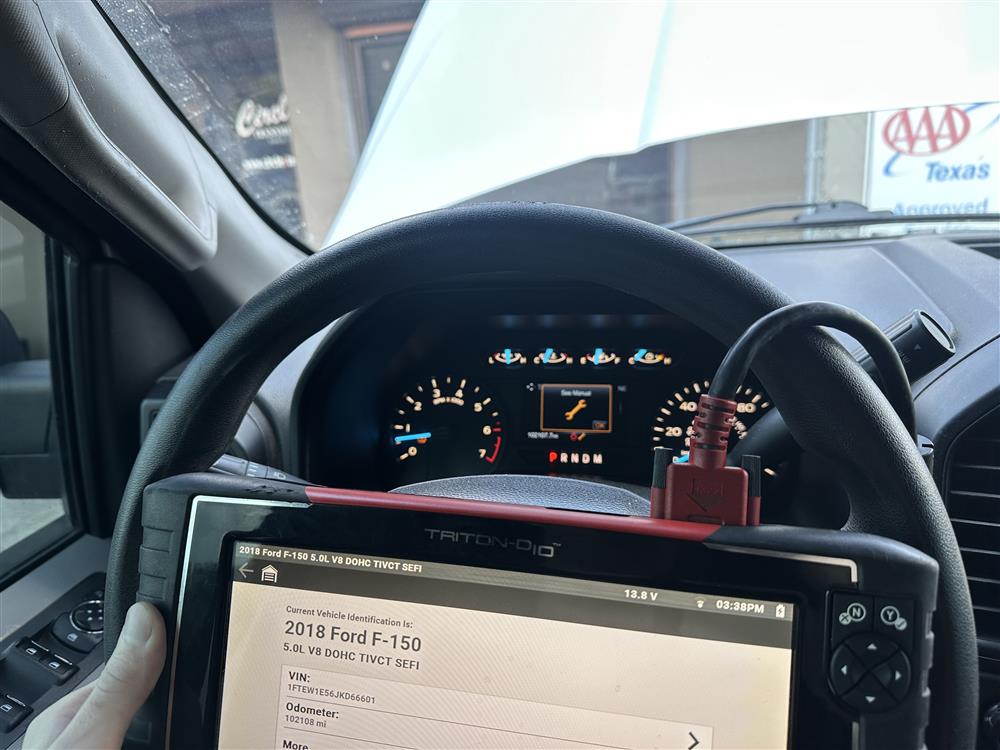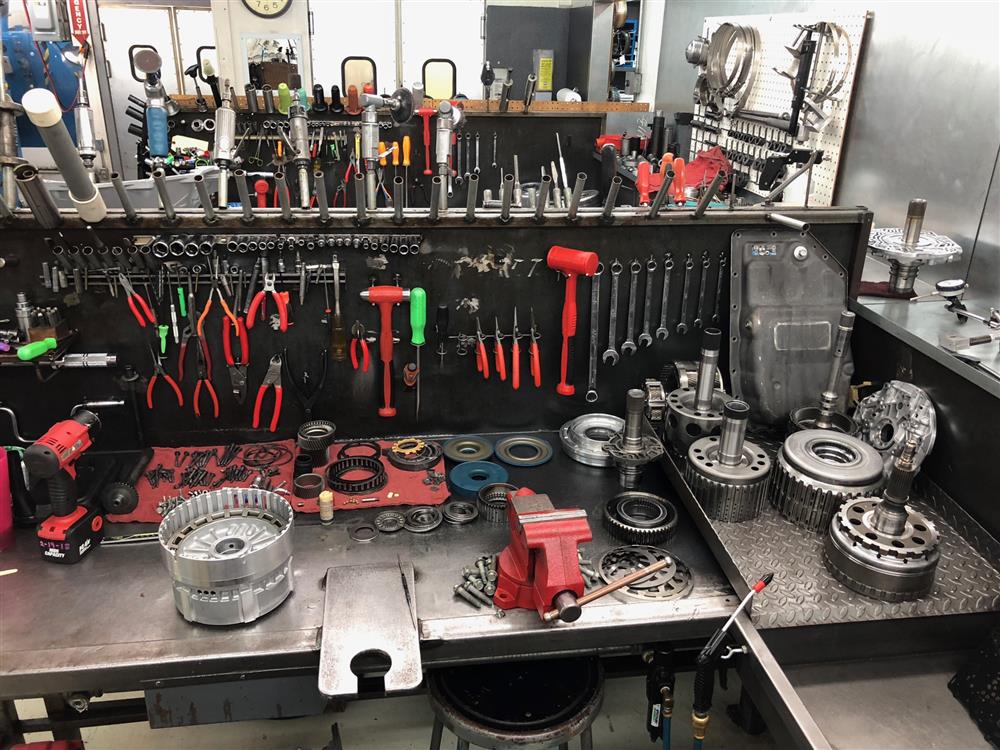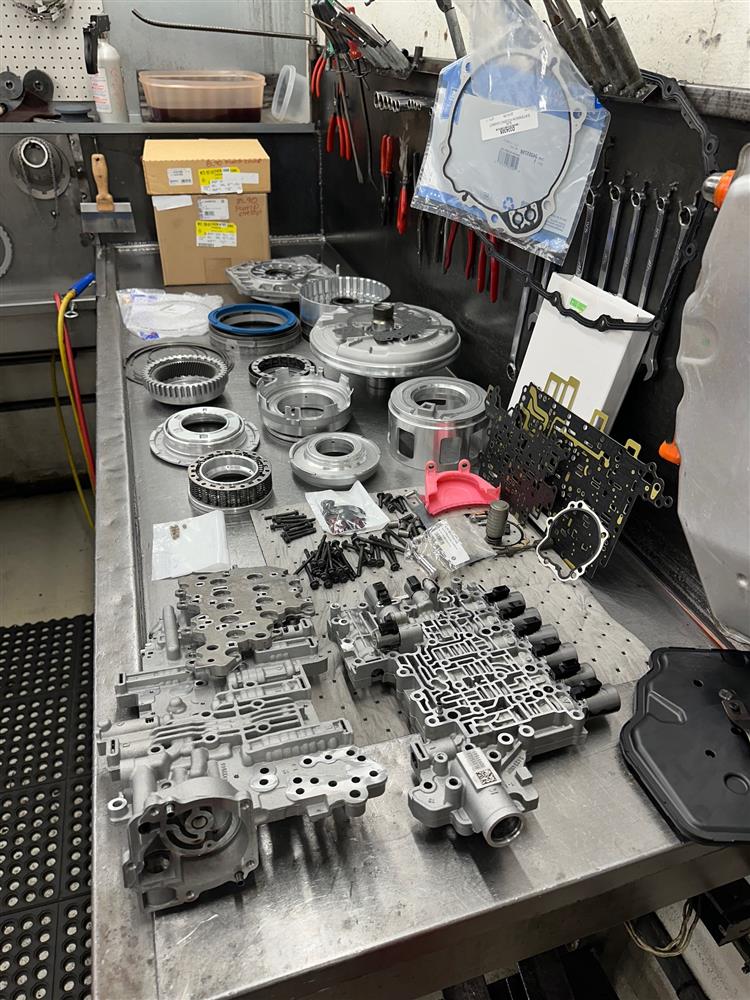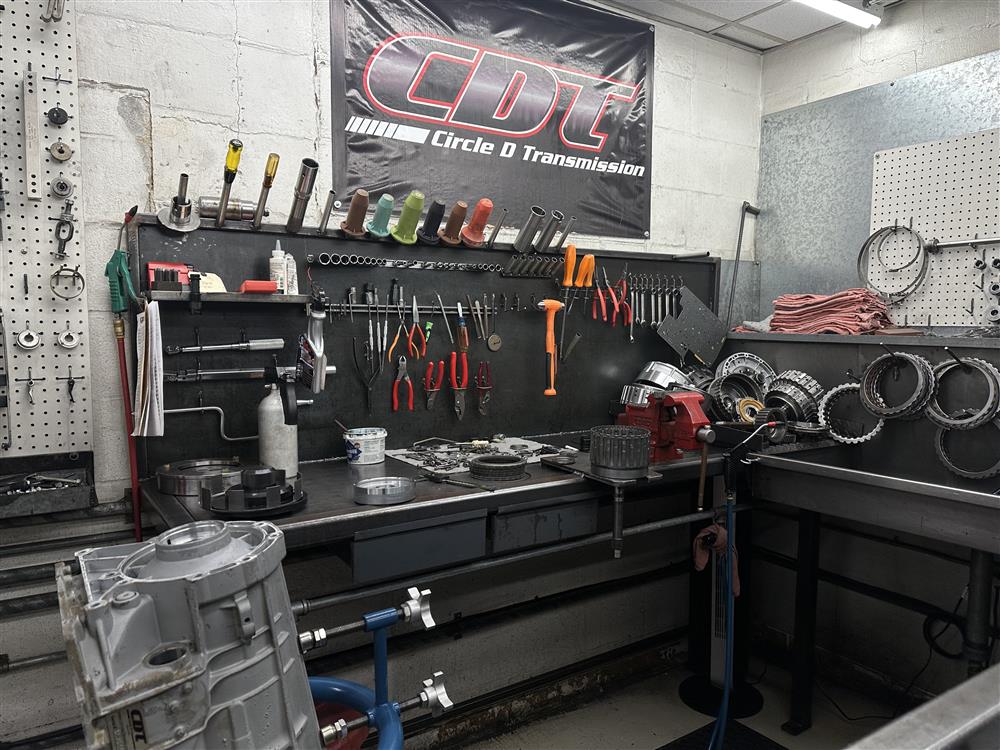
The 10L80 transmission is one of the most advanced automatic transmissions ever produced for modern GM vehicles. Designed to balance power and efficiency, this ten-speed unit features sophisticated torque management systems that control shifting behavior, protect internal components, and help achieve optimal drivability. However, while these systems are essential for durability, they can sometimes limit performance potential; especially for enthusiasts seeking sharper throttle response and more aggressive acceleration.
At Circle D Transmission, we specialize in high-performance upgrades and rebuilds that unlock the full potential of your 10L80 transmission. Understanding how torque management works and how it impacts your driving experience is key to making the right modifications for improved power delivery and reliability.
What Is Torque Management in the 10L80 Transmission?
Torque management refers to the process of controlling the amount of torque delivered to the transmission during shifting and acceleration. In the 10L80, this is achieved through the vehicle’s engine control module (ECM) and transmission control module (TCM), which communicate constantly to reduce engine torque during gear changes. The goal is to ensure smooth transitions, protect the clutch packs, and extend the life of the transmission.
In simple terms, when you press the accelerator, the system determines how much torque can safely be sent through the drivetrain. This helps prevent hard, abrupt shifts that could cause damage or premature wear. However, for performance-oriented drivers, this built-in safety can make the transmission feel less responsive or “lazy,” particularly under full throttle conditions.
How Torque Management Limits Performance
For stock vehicles, the factory torque management system works well to balance performance and longevity. But when you add engine modifications such as tuning, forced induction, or upgraded torque converters, the system can become overly conservative. The ECM may pull timing, reduce power, or delay shifts to maintain control, resulting in slower acceleration and a less engaging driving experience.
Performance enthusiasts often notice these limitations when tuning for higher horsepower levels. Even with aftermarket upgrades, the transmission’s torque management parameters can hold back potential gains. That’s why specialized tuning and component enhancements are essential to ensure the 10L80 transmission can keep up with your vehicle’s increased power output without sacrificing reliability.
Performance Tuning and Hardware Upgrades for the 10L80 Transmission
At Circle D Transmission, we offer precision-built 10L80 performance rebuilds that address these limitations head-on. By combining expert calibration with upgraded internal components, we help drivers achieve smoother shifts, faster response, and increased torque capacity.
Our rebuilds feature enhanced clutch materials, precision-machined valve bodies, and billet parts designed to handle extreme power levels. These upgrades ensure that your transmission can withstand aggressive torque delivery without slipping or overheating. With proper tuning, we can recalibrate torque management tables to provide a more direct connection between the engine and transmission, improving throttle response and acceleration while maintaining smooth, predictable operation.
When paired with a high-quality torque converter and supporting modifications, your 10L80 transmission can deliver incredible performance gains, making your vehicle more responsive and enjoyable to drive on the street or track.
Balancing Reliability and Power in Your 10L80 Transmission
While reducing torque management controls can unlock extra performance, it’s essential to strike the right balance between power and protection. Eliminating all torque reduction can place stress on clutch packs and driveline components, leading to premature wear or failure. That’s why professional calibration is crucial.
Our approach focuses on optimizing rather than eliminating torque management. We fine-tune the system to allow for faster shifts and more consistent torque transfer while keeping critical safeguards intact. This ensures your transmission performs at its best under demanding conditions without compromising its lifespan or reliability.
Whether you use your vehicle for daily driving, towing, or racing, we can tailor your 10L80 transmission build to match your goals and usage. Each rebuild is tested, refined, and supported by decades of experience in performance transmission design.
Frequently Asked Questions About 10L80 Transmission Performance
How much power can a built 10L80 handle?
A properly upgraded and tuned 10L80 transmission can reliably handle over 700 horsepower, depending on the specific components and tuning strategy used. Circle D Transmission’s performance rebuilds are engineered for both strength and longevity, giving you confidence under high-load conditions.
Can torque management be completely disabled?
While it’s technically possible to disable torque management, doing so can increase stress on your drivetrain. Instead, we recommend a calibrated approach that reduces torque limits strategically. This provides faster shifts and better throttle response while protecting internal parts from unnecessary wear.
Order Today
The 10L80 transmission represents the next evolution in high-performance drivetrains, offering incredible potential when properly tuned and built. At Circle D Transmission, our team combines decades of expertise with state-of-the-art engineering to create performance rebuilds that deliver unmatched reliability and response. If you’re ready to enhance the power, precision, and durability of your vehicle, explore our specialized 10L80 transmission rebuild options today.
At Circle D Transmission, we take pride in building performance transmissions that exceed expectations. Our 10L80 rebuilds are engineered for precision, power, and long-term reliability—perfect for enthusiasts who demand the best from their vehicles. To learn more about our custom solutions and expert tuning options, contact us today.





